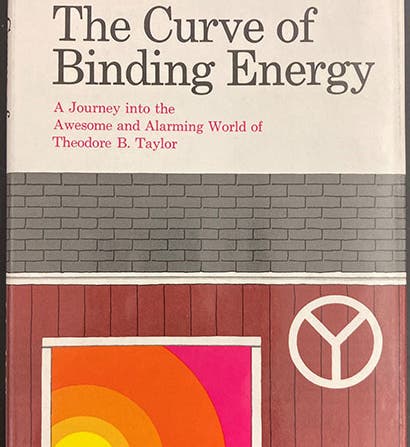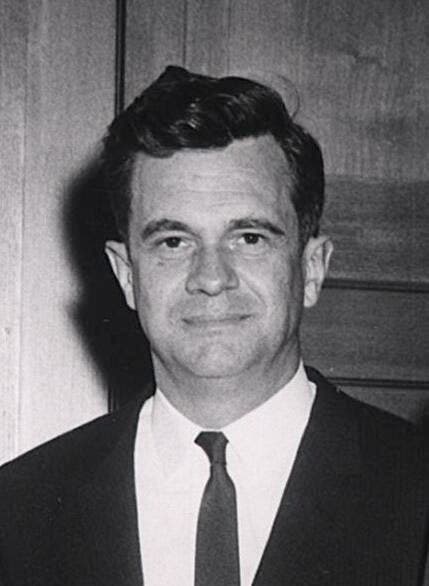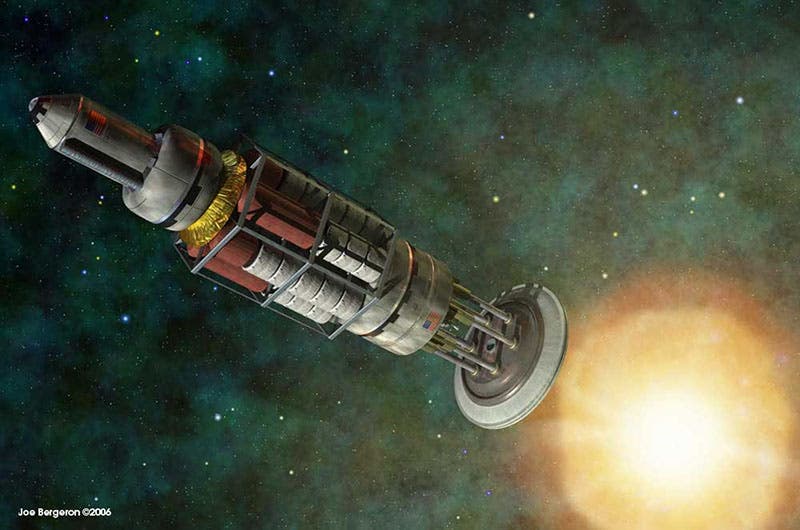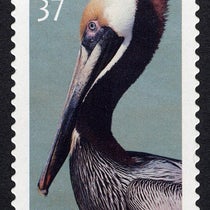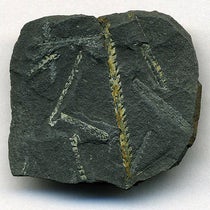Scientist of the Day - Ted Taylor

Dust jacket of The Curve of Binding Energy, by John McPhee, first edition, 1974 (author’s copy)
Theodore Brewster "Ted" Taylor, an American nuclear physicist, was born July 11, 1925, in Mexico City, to American parents. He was interested in chemistry as a child, especially the chemistry of explosives, and his mother tolerated his experimenting with unstable chemicals. He was in Mexico through high school, and showed himself to be quite a prodigy, skipping grades right and left, until he was 3 years younger than his classmates. He attended a prep school in New Hampshire to prepare himself to enter an American university, and then enrolled at Caltech. This was in 1942, so he also participated in a Navy program to train supplemental Naval officers. He graduated from Cal Tech in 1945, did one year of active duty in the Navy, and was discharged in 1946.
Taylor enrolled in the graduate program in physics at the University of California--Berkeley in 1946. For whatever reason, he did poorly, and after failing two preliminary exams, he was washed out of the program. But clearly he had showed promise, for he was recommended for a position at Los Alamos in New Mexico, still the center of the United States nuclear program, as it had been for the Manhattan Project during the war. Much of the lab's attention was now devoted to developing fusion weapons – “the bomb of the future” – but Taylor worked on fission bombs, those fueled by plutonium or uranium 235. While at Los Alamos, he entered the PhD program at Cornell, and this time did much better, being awarded his PhD in 1954.
At Los Alamos, Taylor demonstrated a real genius at fission bomb design. Over the next few years, he developed the smallest fission bomb ever built, the Davy Crocket, weighing in at just 50 pounds. He also designed the largest fission bomb ever built, and the most efficient bomb ever designed. How he was able to do this is rather a mystery, surrounded as he was by both better mathematicians and better physicists.
In 1956, he went to work for General Atomic, designing not bombs, but nuclear reactors. He was insistent that a proper nuclear reactor should shut down automatically if the damping control rods were removed, and not run away and melt down (clearly a General Atomic reactor was not in place at Three-Mile Island). He designed a small reactor called TRIGA, intended for producing radioactive isotopes for medical use. It was tamper proof and would shut down automatically if anything went awry. It was an instant best-seller, and was produced for many years, and to this day is the only production reactor that ever made a profit.
In 1958, Taylor's life changed course, as it occurred to him that one might use nuclear explosions to power a spaceship. He was convinced that the conventional chemical rocket would never take us any further than the Moon, and that something entirely different was needed if we ever wanted to make it to say, Saturn. No one (except perhaps Stanislaw Ulam) had so far considered that something as destructive as a nuclear weapon could propel anything into space without destroying it, but Taylor did the math and was convinced it could be done. In 1958, he established Project Orion, and he enticed Freeman Dyson to take leave from the Institute of Advanced Studies in Princeton and come work on it. The preliminary work was promising. The idea was to rapidly project and explode small plutonium bombs behind a spaceship with a thick shield or pusher plate at the back, to absorb the explosions and convert the energy to thrust. They designed a ship that could take a 1400-ton payload to Saturn and return to Earth. But the newly founded NASA was unimpressed, wanted nothing to do with anything under the aegis of the U.S. Military (the Air Force had taken over Project Orion), and when the nuclear test-ban treaty was signed in 1963, that put an end to Orion, since nuclear explosions in space were now forbidden. But there seems to have been nothing wrong with the concept, except for the nuclear fallout produced in leaving earth orbit, which was indeed a serious obstacle.
After Project Orion, Taylor turned to the threat posed by the theft of nuclear materials, which could be used to construct a bomb by terrorists. Having built small bombs himself, he was well aware that anyone could do that, and there was now so much nuclear material being created in breeder reactors that it was hard to keep track, and he doubted that anyone was. He worked hard to improve the accounting of stockpiles of nuclear material, and of bombs. He was intensely afraid – and had been for decades, it seems – that one day it would all go wrong, as the heart of a city was obliterated in a terrorist act.
I doubt that anyone outside the nuclear physics community would have heard of Taylor today were it not for two factors. The first is John McPhee’s 1974 book, The Curve of Binding Energy, which is all about Ted Taylor; indeed, the dust jacket has the sub-title: A Journey into the Awesome and Alarming World of Theodore B. Taylor (a false sub-title, however, since it is not on the title page) (first image). McPhee had just published The Deltoid Pumpkin Seed (1973), about the AEREON lifting body test program, and I am not sure who steered McPhee to Taylor, but the two spent a year together visiting nuclear reactor plants and military installations and anything else that might have uranium 235 or plutonium lying about. Like most of McPhee’s books, it was published serially in The New Yorker before emerging in book form, and its story of Taylor’s fight against the possible theft of nuclear materials and the threat of nuclear terrorism was thus brought to a wide audience. It did not hurt that McPhee is an amazing writer.
The other factor was Freeman Dyson. Dyson has written a series of autobiographical narratives, and Taylor shows up in all of them. Dyson greatly admired Taylor (the admiration was mutual), and he is quoted on Wikipedia as saying: “I felt that he–much more than von Braun or anyone else–was the real Columbus of our days. I think he is perhaps the greatest man I ever knew well. And he is completely unknown.” The quote may be accurate, although it is not at the place cited (a page in McPhee’s book). But Dyson does seem to have felt that way about Taylor. Many people have read Dyson’s books (we list some of those books at our post on Dyson) and through him, have learned about Taylor.
Almost fifty years have passed since McPhee’s book on Taylor appeared and sounded the alarm, and the world has not yet experienced a terrorist nuclear explosion (although we have had meltdowns at Three Mile Island (1979) and Chernobyl (1986), which Taylor also warned about). Has nuclear materials security improved that much, or are we just lucky? If you go to the National Museum of Nuclear Science & History in Albuquerque, you can see Taylor’s “Davy Crockett” bomb, a nuclear weapon about 30 inches long and one foot across, looking like a rugby ball with a tail fin, as McPhee describes it (fourth image). You could stick that bomb in the trunk of your car and take it just about anywhere. I think we have been very, very lucky that Taylor’s fears have not been realized, that a Davy Crockett look-alike has not come into the possession of someone crazy enough to use it.
William B. Ashworth, Jr., Consultant for the History of Science, Linda Hall Library and Associate Professor emeritus, Department of History, University of Missouri-Kansas City. Comments or corrections are welcome; please direct to ashworthw@umkc.edu.

